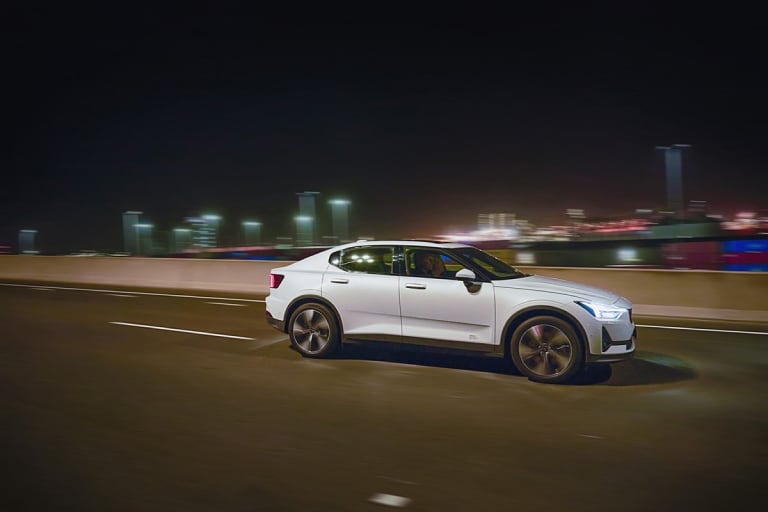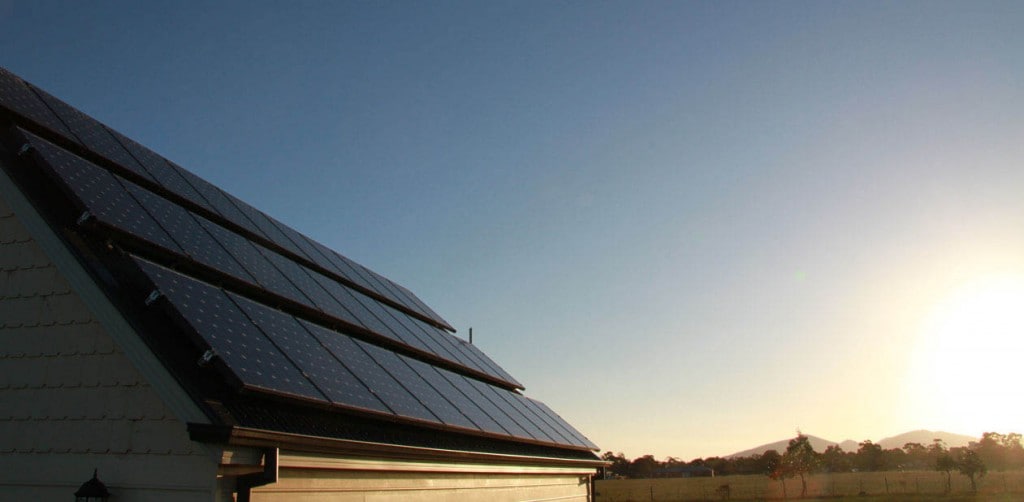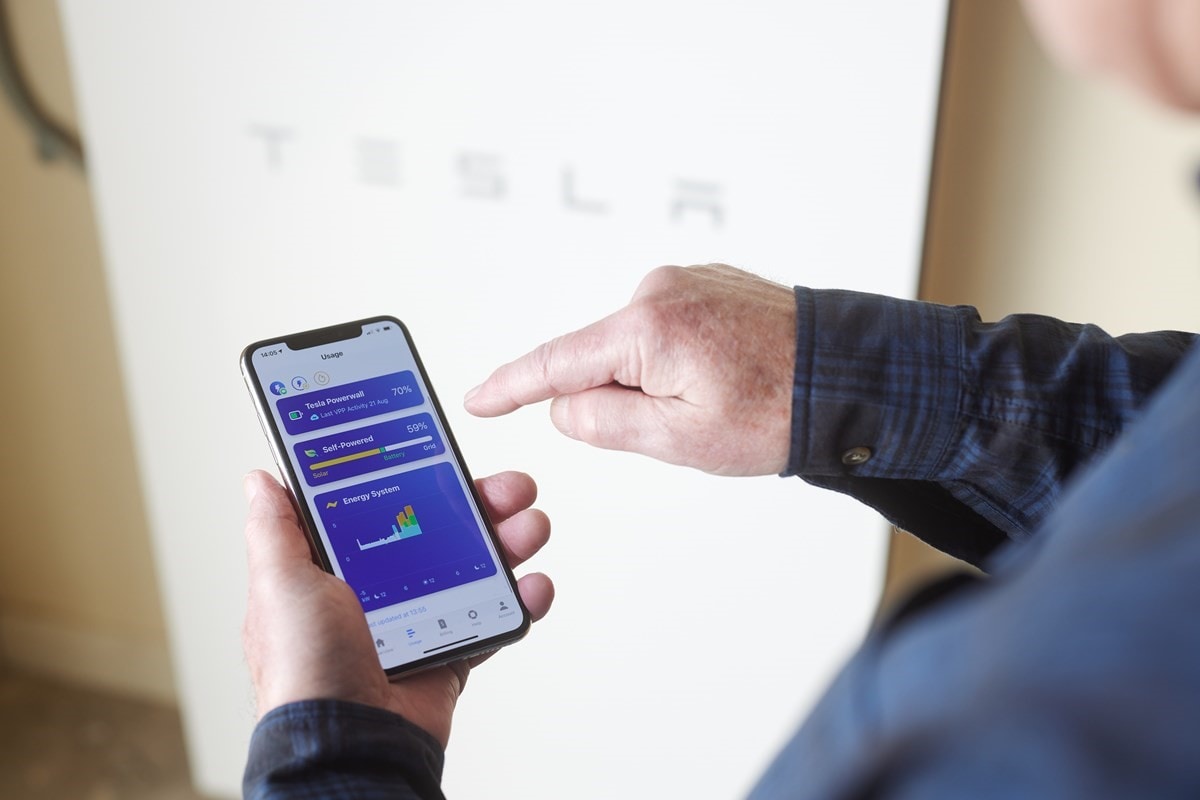Whether you’ve just started researching or you’ve been thinking for a long time about transitioning to an electric vehicle (EV), you may feel like it’s a language you don’t understand. All the terminology can be a bit overwhelming, especially if you’re trying to compare options and understand which is right for you. Here’s what it all means.
What are the different types of electric vehicles?
BEV – Battery electric vehicle
BEVs are powered entirely by a rechargeable battery, with no backup source of power (like a hybrid has). Once the battery runs low, you must plug it in to an electricity source to charge. This can be a standard power outlet at home or a specially designed fast charger. If you’re on the road you can also charge it at a public charging station. With an average range in Australia of 400km BEVs will suit most needs – and with charging infrastructure growing, it’s only going to get easier and more convenient to own one. The cars we offer through our electric vehicle subscriptions are all BEVs, with brands including Tesla, Hyundai, Kia and MG.
HEV – Hybrid electric vehicle
HEVs combine a conventional internal combustion engine (or ICE for another car-related acronym) with an electric propulsion system or drivetrain to achieve better fuel economy and lower emissions than a conventional car. HEVs also often use regenerative braking to charge the battery – a special braking system that transfers the energy created from braking into the battery. Unlike electric vehicles, HEVs don’t plug in to recharge, making them popular with people who want to reduce their emissions, but live in apartment buildings or don’t have a car space or access to at-home charging.
FCEV – Fuel cell electric vehicle
An FCEV uses a fuel cell to power its motor, sometimes in combination with a small battery or supercapacitor. Hydrogen from the fuel cell mixes with oxygen from the air, creating a chemical reaction that powers the battery and emits nothing except water. FCEVs don’t plug in to recharge – instead you refuel them with hydrogen. FCEVs are still very new and not widely available for everyday use, but they have a range of up to 650km.
PHEV – Plug-in hybrid electric vehicle
PHEVs come with both a traditional internal combustion engine and a battery. They are similar to HEVs in that the petrol engine and regenerative braking help charge the battery. But where they’re different is that they can also be charged from an electric power source. Once the battery runs out of charge, it will switch to using petrol or diesel until you can charge it again.
MHEV – Mild hybrid electric vehicle
A mild hybrid is a petrol engine vehicle that uses a small internal combustion engine and a 48v battery to boost things like engine efficiency, smooth starts and improve acceleration. Mild hybrids don’t require recharging, because they use energy recovered from regenerative braking to top-up the battery.
ZEV – Zero emissions vehicle
This is a term used to describe any vehicle that doesn’t emit any greenhouse gases when it’s being driven. It’s not limited to cars – a ZEV can be a motorbike or a truck. BEVs and FCEVs are examples of zero emissions vehicles. Hybrid vehicles are not considered ZEVs as they use a petrol engine once the battery is exhausted and this generates emissions
Whatever your needs, there’s likely to be an electric vehicle to suit, whether you’re looking to go all-in or feel more confident having a backup power source to draw on if you need it. And whether you choose a pure battery-powered electric vehicle or a hybrid, you can feel confident you’re making a positive contribution to the future of the planet.
EV's made easy.
With everything from home chargers to vehicle subscriptions, at AGL we make it easier to switch to whatever type of EV you choose.



